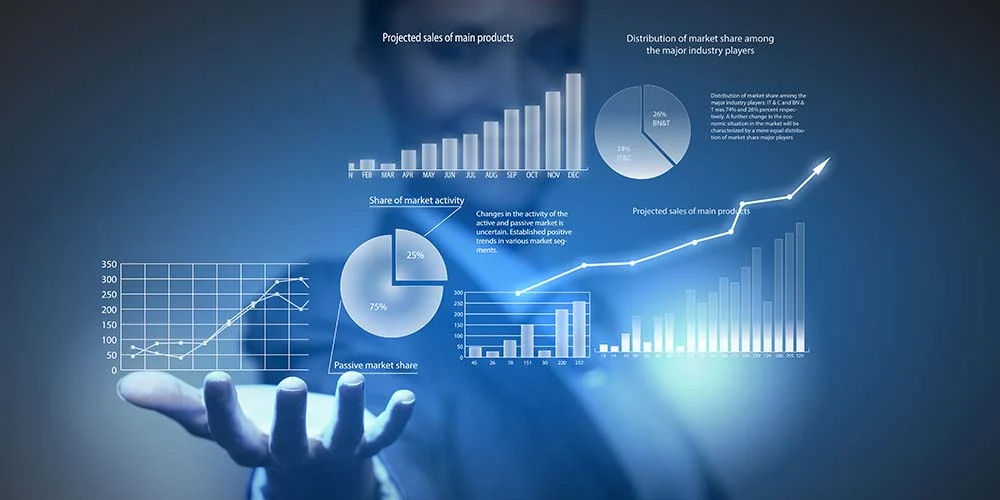| Developed economies | Developing economies |
|
> Increase urban and minority employment > Improve safety and wellbeing > Acceptation and integration of minorities > Reduce income inequity |
> Enhance number of skilled workers > Reduce income inequity > Improve working conditions > Abolish child labour > Reduce illiteracy > Basic health services > Clean drinking water > Reduce population growth > Improve status of women > Abolish large scale dislocation of people Fit within the carrying capacity of supporting ecosystems (planet): |
| Developed economies | Developing economies |
|
> Reduce fossil energy use (climate change) > Reduce use of toxics > Clean contaminated sites > Improve level of prevention, recycling, and reuse |
> Reduce industrial emissions > Waste water treatment > Stop overexploitation of renewable resources, water > Stop deforestation, soil loss, erosion, ecosystem destruction > Reduce dung and wood burning Create equitable value for customers and stake- holders along the global value chain (profit): |
| Developed economies | Developing economies |
|
> Profitability > Value for company, stakeholder > Value for customer > Fair business model |
> Fair share of and linkage to global value chains > Linkage of SMEs to large and transnational companies > Industrialisation of production, economies of scale > Fair price for commodities and raw materials > Ownership and credit opportunities for entrepreneurs |
| TYPE OF IMPACT | DESCRIPTION |
| 1_ECOLOGICAL DAMAGE | |
| Global warming or climate change |
Addition of greenhouse gases to the atmosphere from burning of fossil fuels, agriculture, industrial practices. Effects: temperature change, Increased incidence of storms, desertification, tropical disease, ocean current changes, sea level rise. |
| Ozone depletion |
Stratospheric ozone depletion caused by emissions of CFCs. Effects: increased amount of UV radiation leading to increased cancer occurrence, reduced productivity of plants, marine algae and high altitude biota |
| Acid rain |
Acidification of precipitation by emission of sulphuric and other substances, mainly from fossil fuels. Effects: dissolves metals from the soil which become toxic to plants and aquatic organisms |
| Water eutrophication |
Addition of excess nutrients to water, leading to algae bloom and consequent reduction of available oxygen. Effects: killing of fish and other aquatic organism. |
| Habitat alteration (land use) |
Physical modification or destruction of natural habitats for agriculture, forestry, roads and urban growth. Effects: Primary cause of loss of biodiversity |
| Ecotoxicity | Exposure of plants, animals and other biota to toxic substances. Wide range of effects. |
| 2_HUMAN HEALTH DAMAGE | |
| Smog and air pollution |
Emission of nitrogen oxides and VOCs generates ground level ozone, other air pollutants include dust particles and sulphur dioxide. Effects in humans: increased incidence of Asthma and other health disorders |
| Health damaging substances |
Non-cancer causing substances include skin irritants, growth inhibitors, endocrine disruptors. |
| Carcinogens | Cancer causing substances, Mutagens that cause genetic mutation (most of them are also carcinogenic). Teratogens cause defects in developing embryos. |
| 3_RESOURCE DEPLETION | |
| Fossil fuels | Current consumption rates of oil, gas, coal convert fuels into materials, energy and CO2 at a rate millions of times faster then nature can replenish the fuel reservoirs |
| Fresh water | Consumption of fresh surface or groundwater converts theminto forms that are typically nonrecoverable.Access to clean, potable water is a fast growing international problem. |
| Minerals | Metal ores are cnverted into metals and alloys that are eventually oxidized or dispersed as waste that is often not recycled. |
| Topsoil | In many places, agriculture and forestry erodes topsoil at a rate much faster then natural processes replenish it |
Life cycle and improvement factor thinking
Example: Life cycle of a shirt
Products and social aspects people implications
HEALTH & SAFETY HUMAN RESOURCE MANEGEMENT TRANSPARENCY & BUSINESS PARTNER INVOLVEMENT |
- | - | |||||
| SUPPLIER | |||||||
| COMMUNITY Local economic growth Community development |
REGION/COUNTRY Stakeholder engagement Distributed economies |
||||||
| COMPANY | |||||||
| RETAILER | |||||||
Product innovation
| INCREMENTAL | |||
| INNOVATION | RADICAL | ||
| FUNDAMENTAL | |||
Incremental innovation
|
INCREMENTAL |
RADICAL INNOVATION |
|||
| EMPHASIS | Cost or feature improvements in existing products, services or processes. |
Development of new businesses, products and/or processes that transform the economies of a business | ||
| TECHNOLOGY | Exploitation of existing technology |
Exploration of new technologies | ||
| TRAJECTORY | Linear and continuous: evolutionary | Sporadic and discontinuous; revolutionary | ||
| KEY PLAYERS | Formal cross-functional team | Formal and informal cross- functional teams and individuals | ||
| TIME FRAME | Short term | Mid- to long-term | ||
| RISH & SUCCESS | Predictable | Unpredictable and highly uncertain | ||
| PROCESS | Formal, phase-gate model | Informal, flexible model at early stages due to high uncertainty more formal at later stages after uncertainties have been reduced |
Policy formulation
|
STRATEGY PYRAMID TOP DOWN |
|
| MISSION | |
| VISION | |
| GOALS | |
| STRATEGIES |
| POSITIVE | NEGATIVE | ||
| INTERNAL FACTORS | STRENGTHS | WEAKNESSES | |
|
|
||
| EXTERNAL FACTORS | OPPORTUNITIES | THREATS | |
|
|

